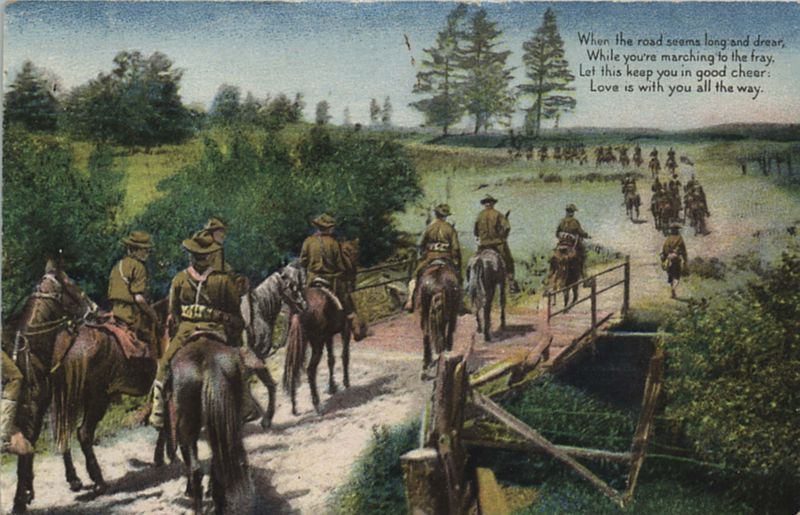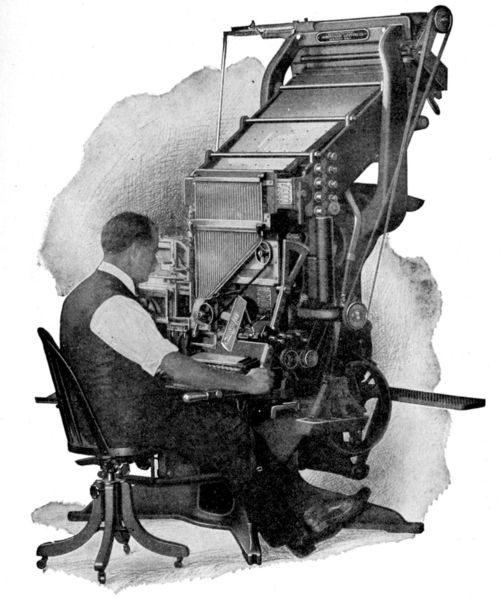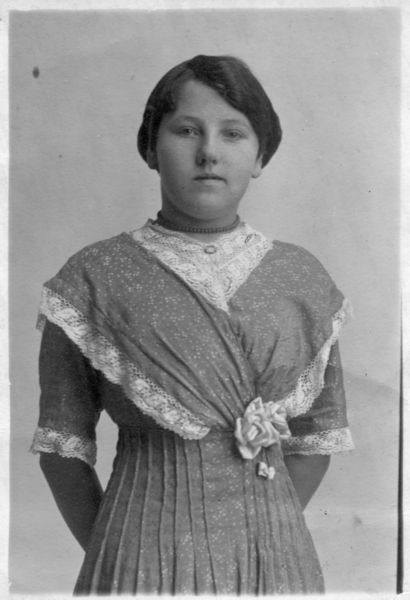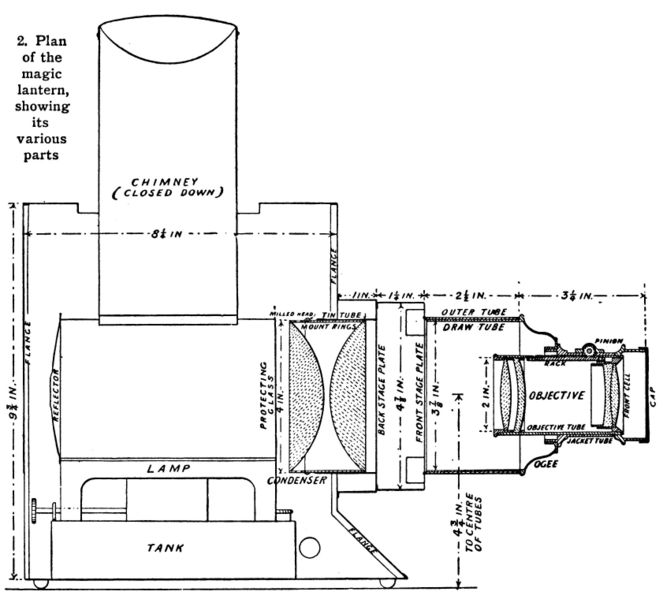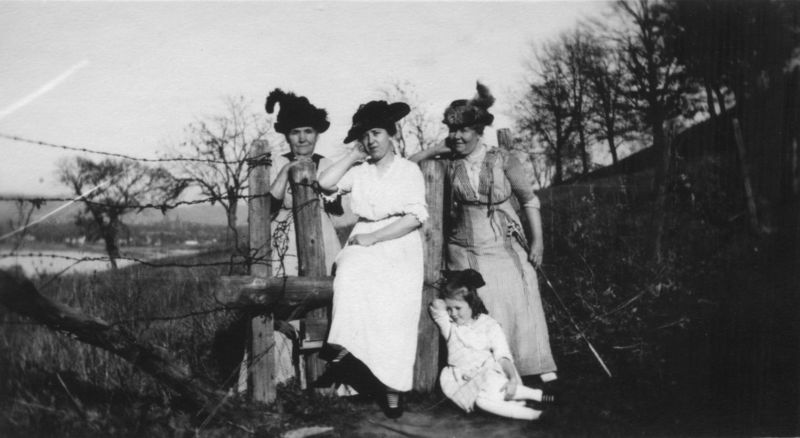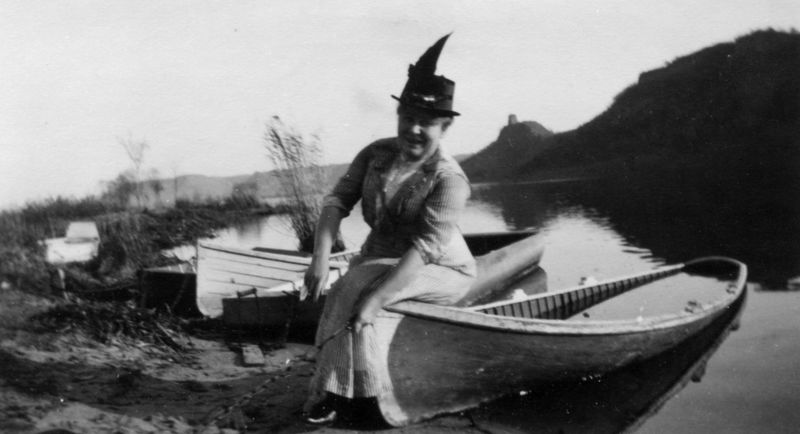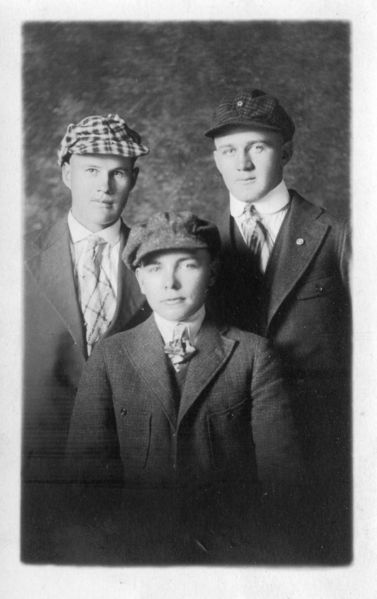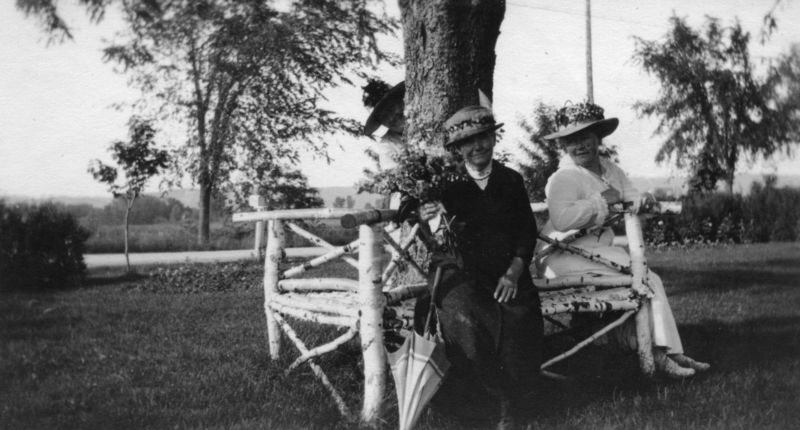 Who’s that behind the tree? Why, it’s Mrs. Pfeiffer! Helene and her mother visited a nursery for a fine day outside, and that rapscallious Mrs. Pfeiffer brought levity to their day by composing very difficult riddles and singing scandalous bar-room tunes she learned from a set of Victrola records her husband borrowed from the Lodge and hid under his humidor. Or so I gather from two photos taken a hundred years ago — I may be reading a bit too much into it.
Who’s that behind the tree? Why, it’s Mrs. Pfeiffer! Helene and her mother visited a nursery for a fine day outside, and that rapscallious Mrs. Pfeiffer brought levity to their day by composing very difficult riddles and singing scandalous bar-room tunes she learned from a set of Victrola records her husband borrowed from the Lodge and hid under his humidor. Or so I gather from two photos taken a hundred years ago — I may be reading a bit too much into it.
I also enjoy this photo for the excellent white-birch bench surrounding the tree. The arm-rests are arranged as an ‘x’, allowing open seating on all sides. I can’t see how it’s fastened together, but it seems sturdy enough — as a bench in a nursery, the raw-woo, bark and all, has a great beauty to partake, when walking through the gardens with your mother and that pernacious Mrs. Pfeiffer.
